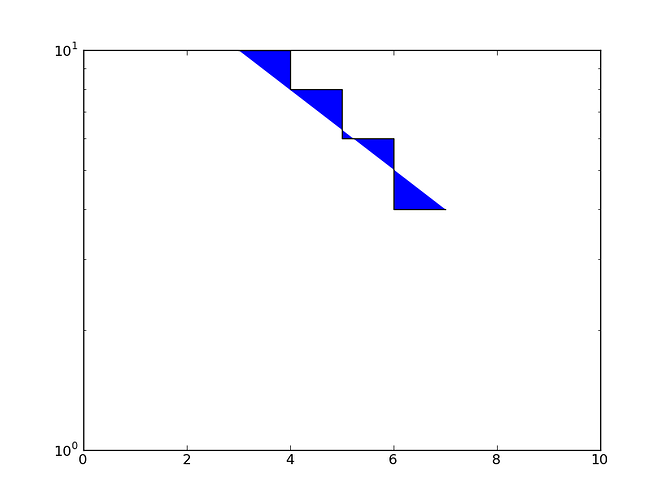On Wed, Aug 25, 2010 at 12:00 AM, Anne Archibald >> <aarchiba@...824... <mailto:aarchiba@…824…>> wrote:
On 24 August 2010 22:22, Benjamin Root <ben.root@...553... >> <mailto:ben.root@…553…>> wrote:
> On Tue, Aug 24, 2010 at 9:01 PM, Anne Archibald >> <aarchiba@...824... <mailto:aarchiba@…824…>> >> > wrote:
>>
>> On 24 August 2010 19:16, Erik Tollerud <erik.tollerud@...761..... >> <mailto:erik.tollerud@…149…>> wrote:
>> > Whoops, yes, that should be True... Also realized a slight
error in
>> > the description of how the mimum is set - both of those are
fixed in
>> > the attached diff.
>>
>> Um, this is a kind of important point of style: it is much better
to
>> use "if foo:" than "if foo is True:" or even "if foo == True:".
>> Long-standing python convention allows things like 1, 7.0, numpy
>> booleans that are true, and nonempty lists to have a value of True.
>> Using "if foo:", this works. Using "if foo is True:", this cannot
>> possibly work; even though 1==True, it is not true that 1 is True.
>> "is" has a very specific meaning that should be used only when
>> appropriate (generally, for None or for mutable objects).
[snip]
> While it probably could be better done, the logic of the entire
if statement
> is to first check to see if someone explicitly set a True value
(default is
> False), and that sets the minimum to 1.0. Then, if it isn't
explicitly
> True, then it checks to see if it is a numerical value and uses
that value
> to indicate the minimum. Only if it is None or False does it
then go to the
> last branch which would set minimum to zero.
>
> Maybe it should use a cbook function that test for a numerical value
> explicitly instead and do that first, then have a check for the
Truthiness
> of log?
I realize API changes are a pain, but this seems error-prone from a
user's point of view. If they accidentally use 1 instead of "True" -
common among C or old Python users - suddenly the function does
something startling. (There's also an ambiguity between zero and
False, but that's probably not so serious here.) If I were designing
an API from scratch I'd probably go with a separate parameter for the
minimum (or not, if ylim can fix it after the fact) and a dedicated
one for "should we use a log scale". Failing that, maybe the string
"auto" to indicate automatic minimum values and None for a default?
If you're going to use True to mean something different from 1,
though, I'd make sure to put a warning in the docstring. Unfortunately
you can't just rely on duck typing to tell numeric values from
booleans, since float(True) is 1.0. On the other hand, "is True" fails
for numpy booleans, and "== True" passes for 1.0. So if this is your
constraint, I'm not sure you can do better than "is True", but it's a
huge UI wart.
Anne
P.S. keep in mind that the values users pass are not always directly
visible to users - they might be passing a value output from someone
else's routine that is described as returning a boolean value but
actually returns an integer. This is particularly common among C or
Fortran routines, which are in turn very common in the numerical
world. From the other direction, if you pull a value out of a boolean
numpy array, you get a numpy boolean which will never "is True". -A
I agree. After thinking about it further, I realized a few other ways
that this will silently fail. Quite personally, I feel that the
hist/bar family of functions ought to be nuked from orbit. It is
absolutely amazing just how convoluted those functions are. We seem to
be acquiescing to every single feature request rather than thinking
about how one could use the existing matplotlib tools. For example, if
one wants error bars on their histograms/bar plots, then they should be
able to call hist() and then errorbars() to achieve their needs.
"Me, too!" regarding dismay over the hist/bar family (including box plots).
They need to be rethought and re-implemented in their own module. Dealing
with the transition may be a pain, but so is every experience with trying to
maintain them.
